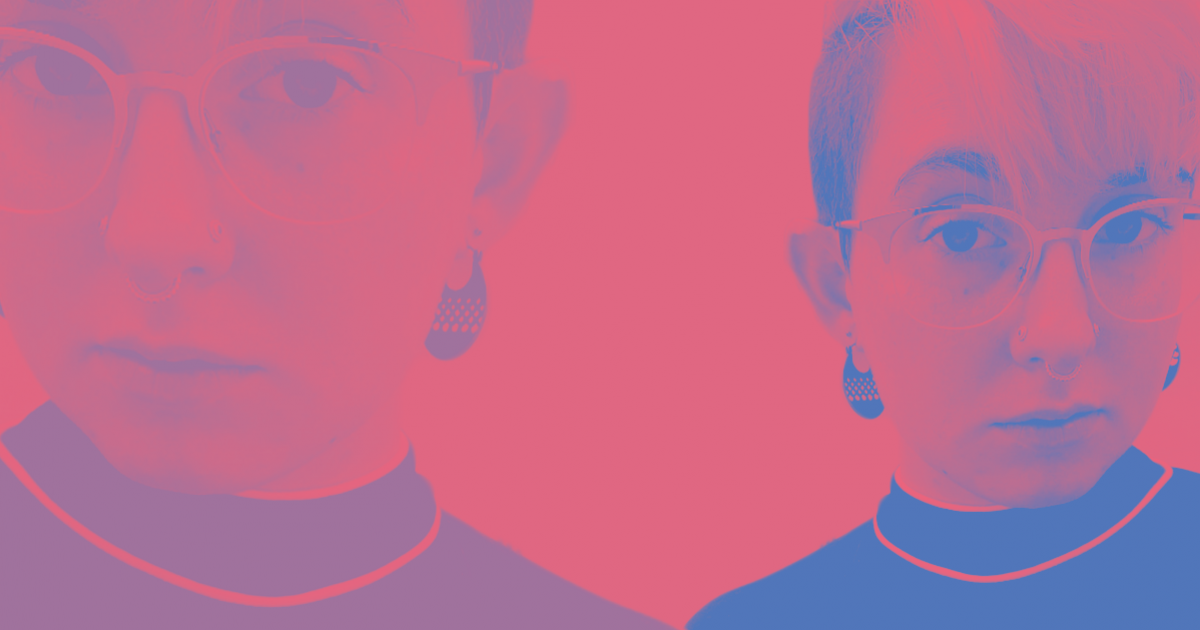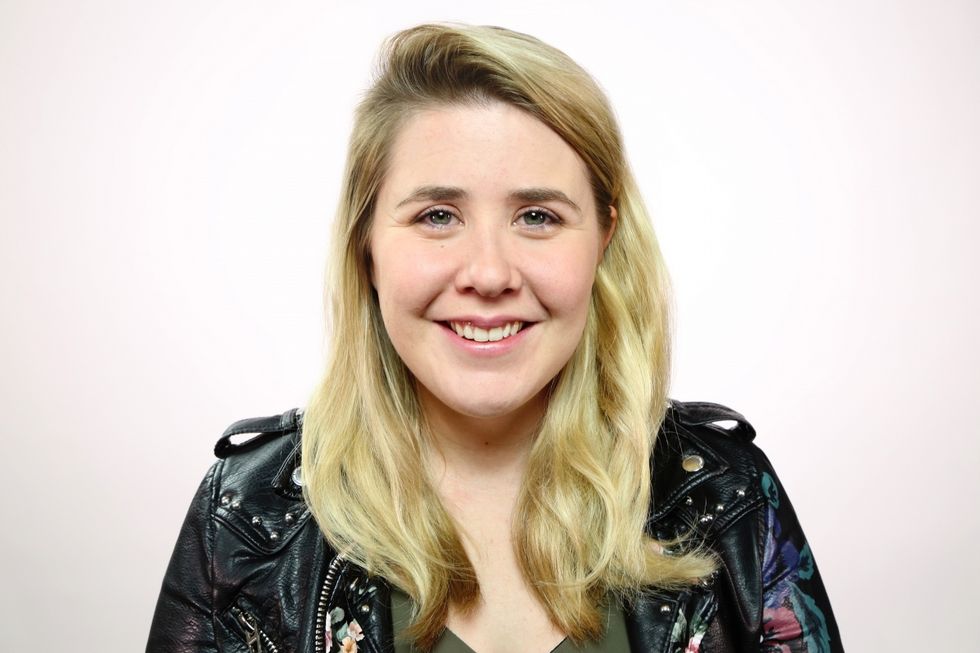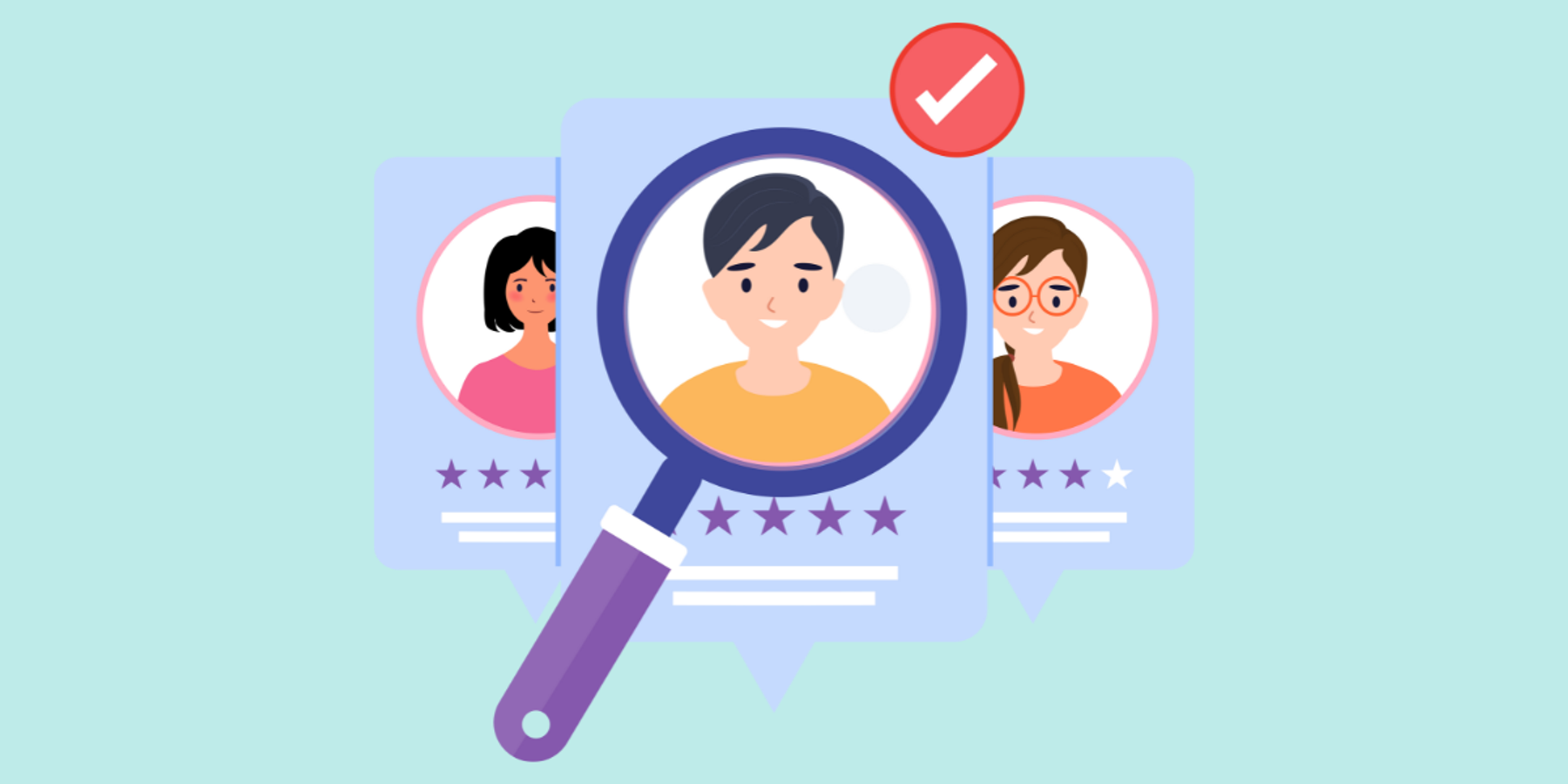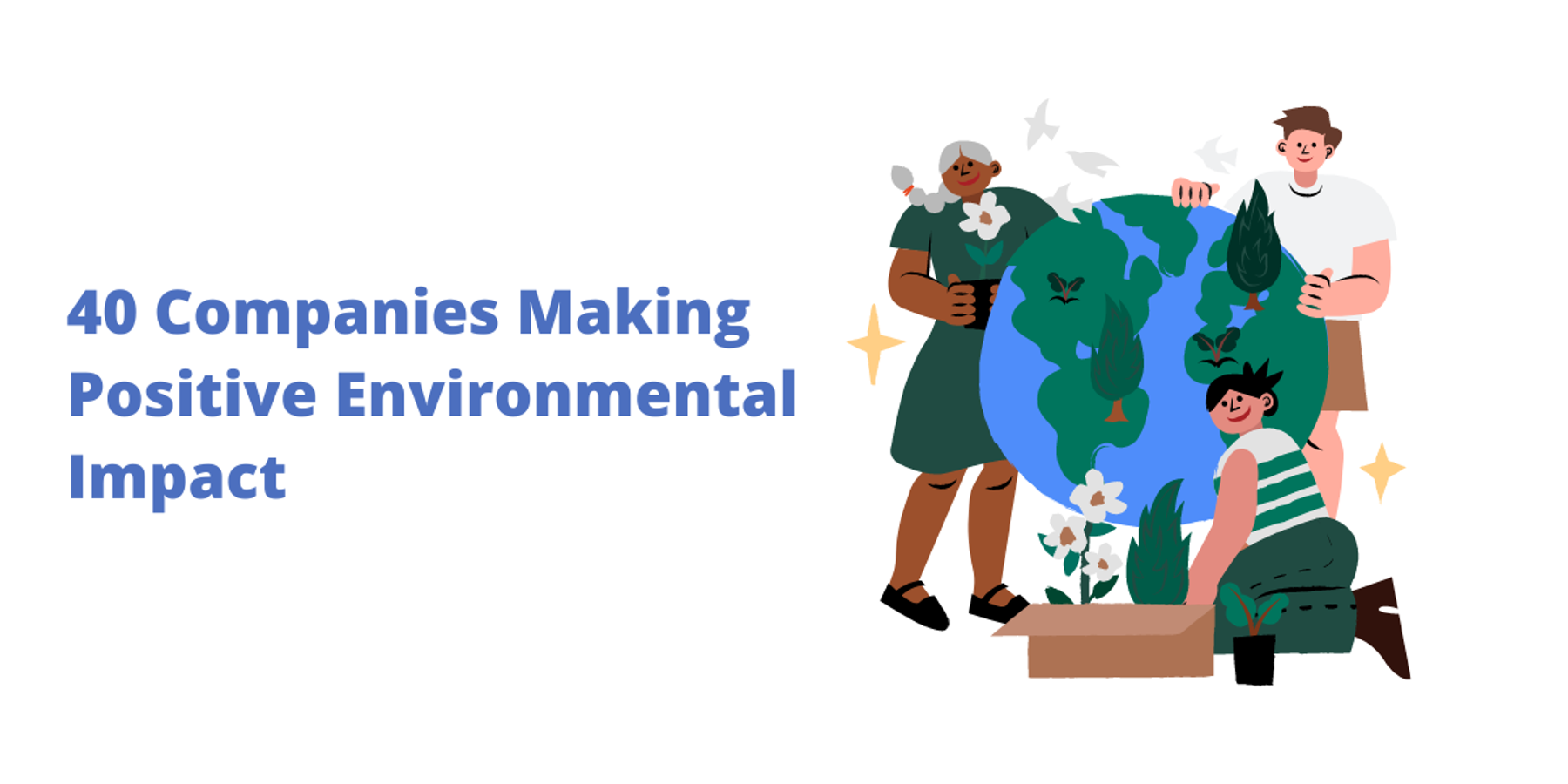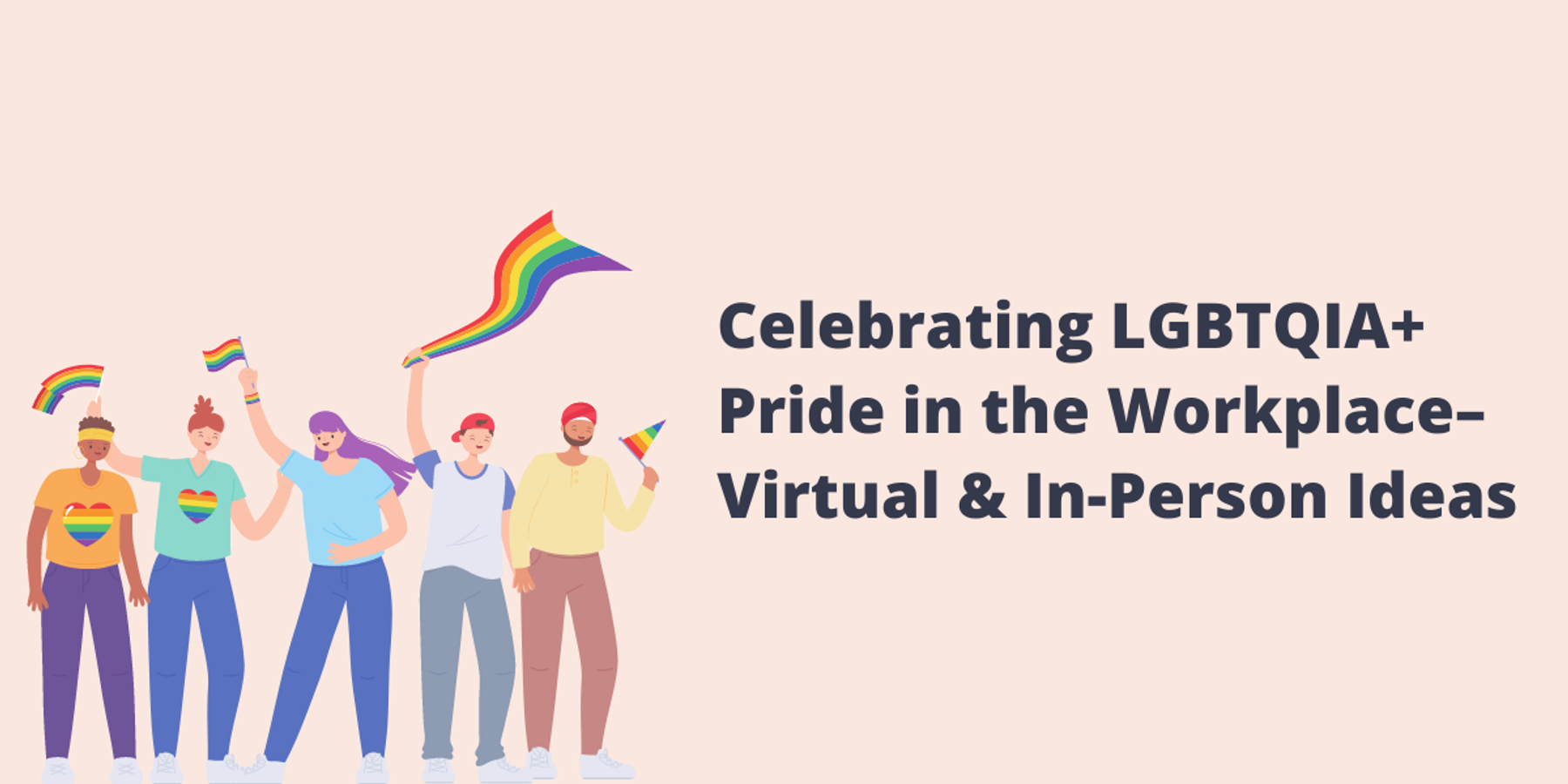Below is an article about PowerToFly Partner OkCupid, originally written by Clare Kenny, the Director of Youth Engagement at GLAAD, and published on October 1, 2018. Go to OkCupid's page on PowerToFly to see their open positions and learn more.
Once a fringe phenomenon, dating apps have become a mainstream way for people of all backgrounds, locations, and interests to date, make friends, hook up, and—sometimes—find love. While some online users enjoy the newfound normalcy of dating apps without harassment, the same cannot be said for all users.
LGBTQ people—especially those who live outside of traditional expectations of gender identity and expression—are often subjected to high rates of ridicule and hateful language online. Dating apps are no exception.
Apps like OkCupid, though, are working to change this climate by allowing daters to express themselves more accurately on the app. OkCupid looks to make a positive impact in the lives of all LGBTQ people by focusing on representation on the app and behind the scenes. That's why when it came time to update, OkCupid enlisted their Product Designer, Rowan Rosenthal, who identifies as Agender and uses they/them/theirs pronouns, to take the lead in adding a pronouns feature to the app.
Like many of us in the LGBTQ community, Rowan is no stranger to the ways and woes of digital romance. In order to learn more about the positive impact updates like these can have on users, community members, and companies alike, we asked them to walk us through their journey being a part of revolutionizing LGBTQ inclusivity at OkCupid.
Tell us about the OkCupid platform update: What changed, what was added?
Daters are now able to enter their pronouns in the details section of their profile. We've included the most common options "she/her", "he/him", and "they/them," as well as an option to write-in your own. (The write-in section can also accommodate sets of pronouns, i.e. "she/her and they/them.") This information is displayed publicly anytime someone views your profile.
What was your role in the OkCupid update to include pronouns on the app?
I identified the need for this feature via 1:1 interviews with queer folks who use OkCupid. To further validate this need I looked at the data surrounding existing pronoun usage—tens of thousands of members had already mentioned their pronouns in their profile, despite having no dedicated space for it. I designed pronouns to live alongside other prominent details on member profiles, as it's a critical and basic point of information about you.
Why is it important for dating apps to include features like a pronouns section?
It's essential for dating apps, or any app really, to create space for the fullest expression of identity possible. This is critical for dating apps specifically, though. As a member of a dating app, you're trying to convey your true self—putting it all out there in hopes that someone else on the app is interested in who you are. Including a dedicated space for identity & pronouns allows the person seeing you to get a fuller and more accurate sense of that. It also helps those who use pronouns that society typically doesn't use/recognize feel like this space is for them. Making sure to including pronouns, more gender identities, and more orientations goes a long way towards creating that sense of inclusivity.
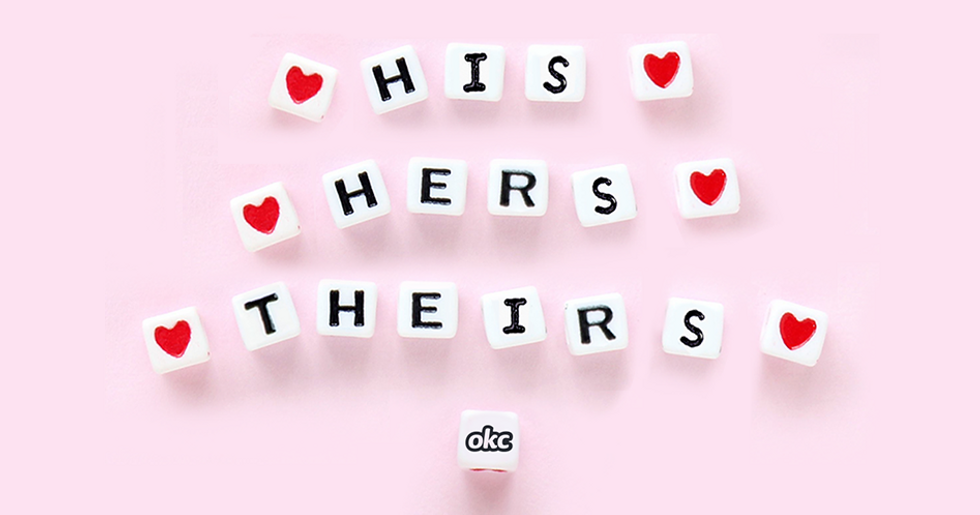
What advice do you have for LGBTQ people, especially trans and non-binary people, who have been skeptical of using dating apps?
Dating apps are an amazing place to meet like-minded queer folks that you wouldn't be able to get to know otherwise, especially when your daily life might involves mostly interactions with mostly straight & cis folks. We understand that there can be other challenges when you're non-binary or trans—I know this firsthand. However, the biggest benefit to using a dating app, whether you're LGBTQ or not is that you can signal what you're looking for and what you're about. That's why at OkCupid we ask you 15 questions about yourself and you can filter based on what matters to you—meaning you have a better chance of meeting someone who cares about the same things you do. I've always used OkCupid, even before working here, just because I felt more comfortable with the variety of ways I was able to express myself, my identity, and my beliefs on the platform. So, that's (obviously) my recommendation here.
What do you hope non-LGBTQ users of OkCupid learn from this update?
While this update mostly pertains to LGBTQ users, we do hope this change will help to normalize the use of singular they/them, as well as other pronouns, within the dating space.
What is your advice for other companies, in and out of tech, that want to connect and support the LGBTQ community?
Listen. Talk to your LGBTQ users/customers and really listen to what they have to say. You can't assume what they might want, or how your product might be improved for them—you just have to find out, and go from there. Solicit feedback, do your research, and don't be afraid of criticism. That's the best way to build trust and inclusivity.
Clare Kenny is the Director of Youth Engagement at GLAAD. She leads GLAAD's Campus Ambassador Program, Rising Stars Grants Program, and amp series. Clare is a graduate of Skidmore College.
